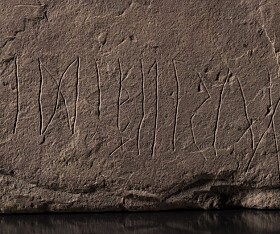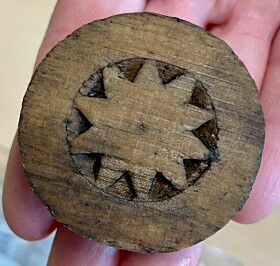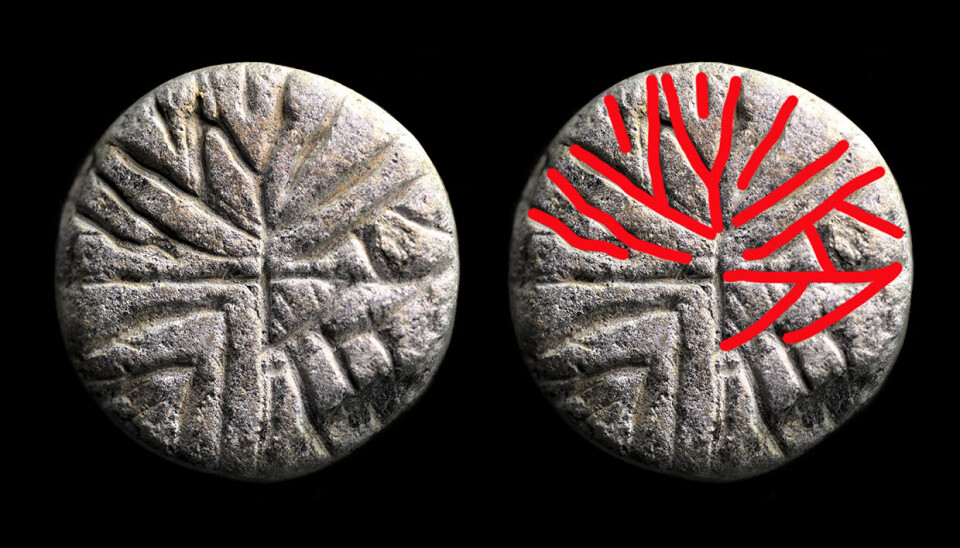
Medieval gaming piece with runic inscription discovered in Norway
An old sewer pipe needed repair in Trondheim in mid-Norway last year. A last-minute dig to save possible archaeological objects yielded a surprising and rare result: a gaming piece with runes.
The area that was excavated was a mere four metres long, but it turned out to be very deep.
At 3,8 metres under today’s surface, the archaeologists found birch bark dated to around 1000-1150 AD. Slightly higher up they found a layer of coal dated to around 1030-1180 AD.
The gaming piece in soapstone was found between these two layers.
“Ever since I studied runology I’ve wanted to find a runic inscription, so this was a dream find,” archaeologist Dag-Øyvind Solem says in a press release from the Norwegian Institute for Cultural Heritage Research (NIKU) (link in Norwegian).
The find is unusual for Trondheim, where only two items with runic inscriptions have been found previously.
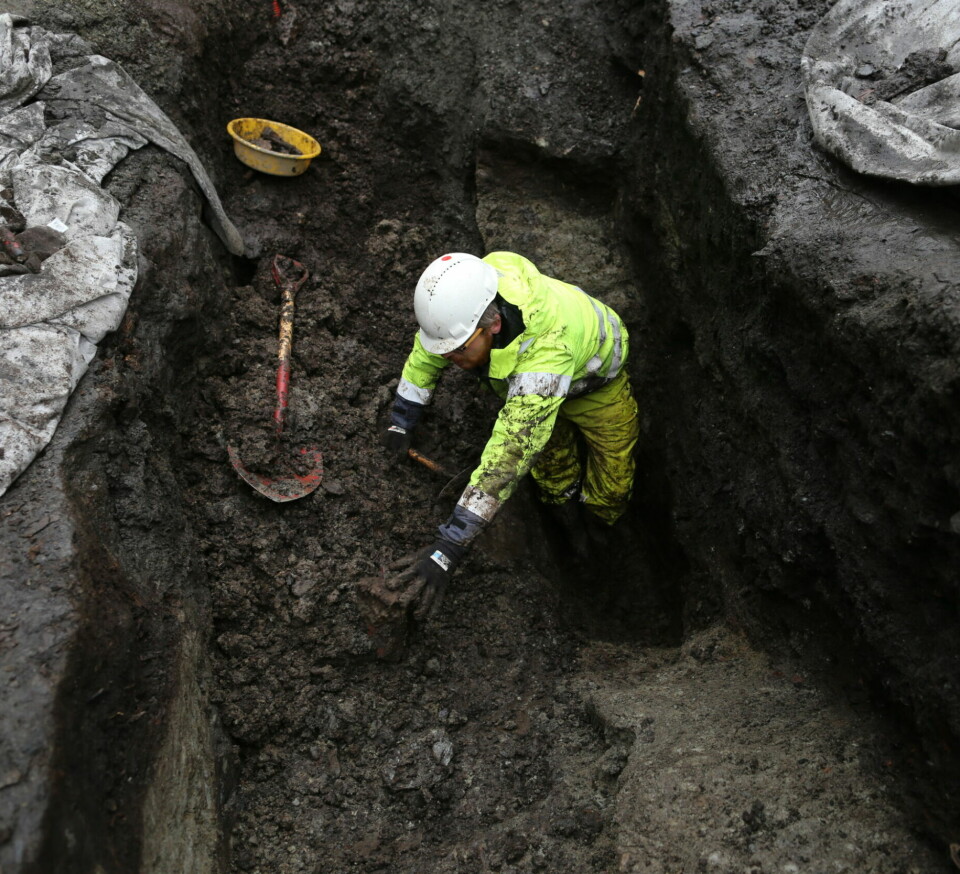
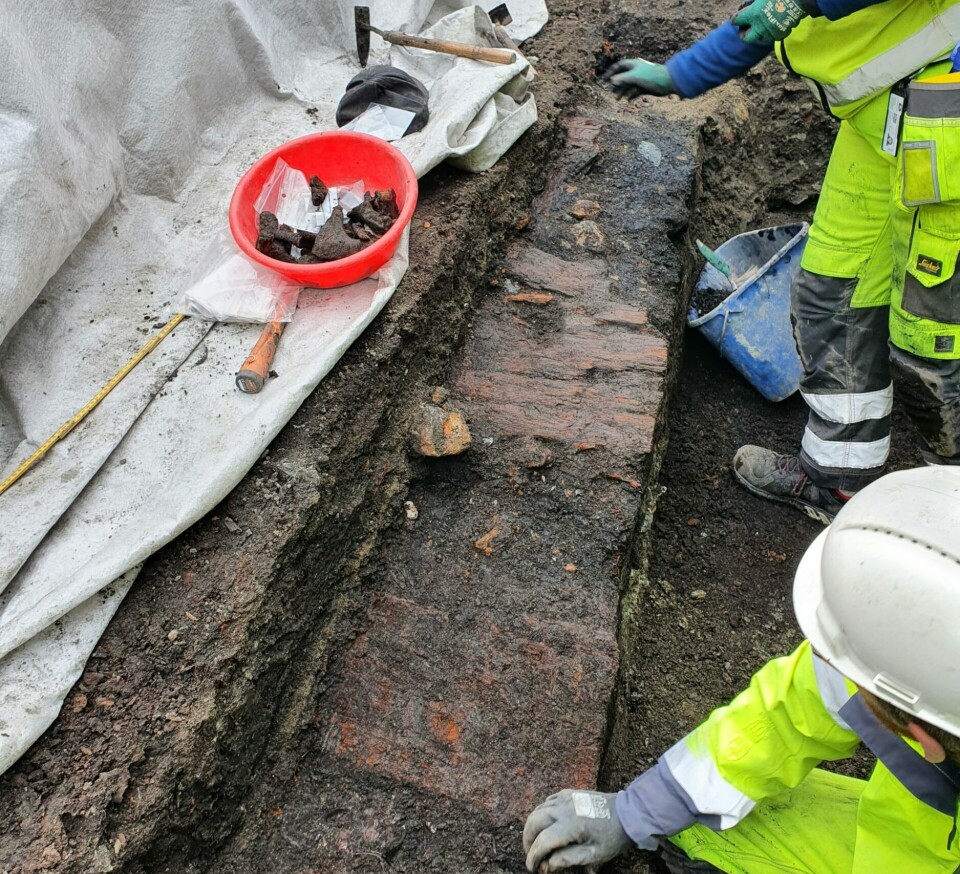
Carefully planned
Runologist Karen Langsholt Holmqvist, associate professor at NLA University College in Oslo, confirmed that the gaming piece was in fact inscribed with runes.
Holmqvist has previously studied runes in Norway and Scotland, and wrote her PhD thesis on what old graffiti can tell us about medieval people.
“When you first look at the gaming piece, it may look as though it simply has an uneven geometric pattern, perhaps a snow crystal. But when I examined the piece closer I could see that the lines were not random patterns, but meticulously planned runic inscriptions,” Holmqvist says in the press release.
“The inscription follows the curve of the gaming piece, and so it is a bit odd, but there is no doubt that these are runes,” she says.
Examining the piece in a microscope, Holmqvist also discovered that whoever made these inscriptions had first scratched helping lines, suggesting that the inscription was well planned in order to follow the shape of the round gaming piece.
In areas of the piece where there are no runes, the inscriber has created a decorative pattern.
A brother in battle?
The inscription is quite clear, according to Holmqvist, and reads siggsifr.
“Inscribing names on small items such as these was quite common, and Sig- is a commonly known start of many names, both female and male, such as Sigurd and Sigbjørn, or Sigfrid and Sigrid,” Holmqvist says.
As the name ends with an r, she assumes the name is male.
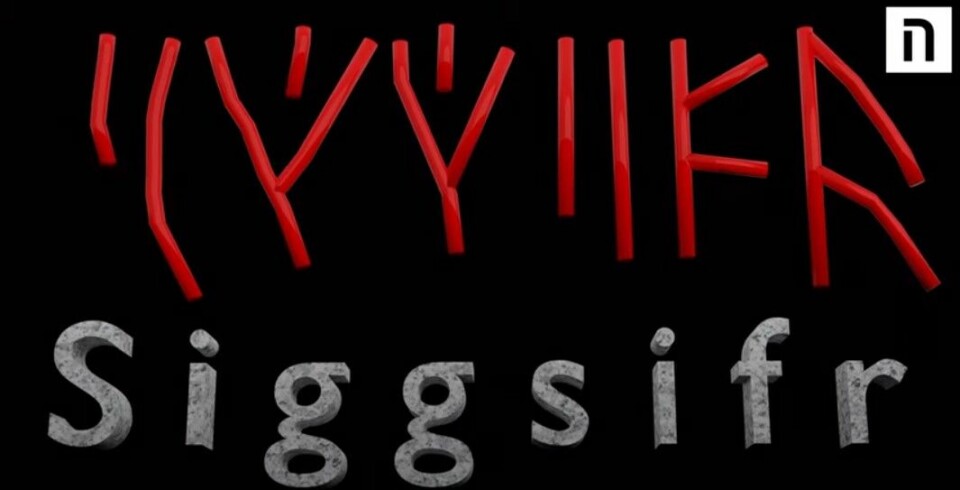
The word sifr is a so-called heiti, meaning a metaphoric or poetic word in Norse. Sifr means brother. Sig- on the other hand means battle.
“So perhaps this is a hitherto unknown name meaning ‘battlebrother’,” Holmqvist suggests.
The name could belong to the person who made the gaming piece, or the person who owned it.
Archaeologist Solem suggests another explanation – that the piece could have been a King chess piece.
“Perhaps this is the chess player's ‘brother in battle’? After all, weapons often have names, so why not a gaming piece?”
Games and gambling
Gaming pieces with runic inscriptions may be rare, but ancient gaming pieces are not.
People have perhaps always loved playing games. We know for instance that the Vikings loved their board games, among them the strategic game of hnefatafl. They brought their games on their travels and were buried with gaming boards and pieces.
During medieval times, people loved their games so much that gambling became a bit of a problem, as sciencenorway.no has written about previously.
Magnus Lagabøte’s
city laws from around 1276 stated that anybody found gambling with money would
have it confiscated and would be fined.
------
Check out the NIKU-video below for more images of the find and the runes on the gaming piece. The text is in Norwegian, but the images speak for themselves:








